 |
The History of Council Housing |
  |
|
|
8 The Impact of the ‘Right to Buy’
 |
From the 1970s councils built increasingly fewer homes, concentrating instead
on repairs to their now aging housing stock. The introduction of the ‘Right to
Buy’ under the Housing Act 1980 was a watershed event for councils all over the
country. From the start local authorities have been able to sell off their
houses, but until the introduction of the RTB they were not forced to do
so. Up until this time mostly the production of new homes exceeded the
numbers sold, however following the passing of this policy, the period
of growth halted and began a decline. Largely it led to many of the better quality council properties being purchased
by tenants who qualified for the right to buy. The number of houses managed by
London’s councils had shrunk from 840,000 in 1984 to just over 500,000 by the
end of the century. Another impact of the right to buy was that the majority of
dwellings that were sold were houses rather than flats. So the right to
buy has reduced the supply of family houses and altered the balance of
council housing stock in the country. |
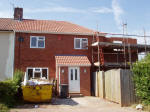 |
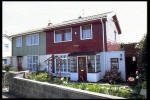 |
Nationally 1 million houses were sold within 10 years. Spending
restrictions were also introduced at the same time which that it was no
longer possible to build new houses in large numbers. After fifty years
of virtually uninterrupted growth, the numbers of council houses began
to fall, and have continued to do so ever since. Discounts available to
tenants under the Right to Buy of up to 60 per cent off the market price
meant that good houses could be purchased for less than £10,000 in the
early 1980s; they are now likely to be worth £150,000 or more. So for
many people the right to buy has been a great benefit. |
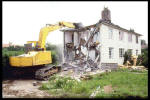 |
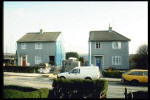 |
But for some purchasers and the Council, however, it caused severe
problems. In 1981 it began to be revealed that there were major
structural problems with some types of concrete houses (referred to as
PRCs). Several types of the PRCs had problems caused with corrosion of
the metal reinforcing bars in their concrete structure. This made them
unmortgageable and therefore people who had bought these sorts of houses
found that they were effectively impossible to resell. There are
approximately 140,000 cases nationally. The Housing Defects Act, 1984,
gave buyers of certain types of PRC houses the right to insist that the
Council carry out the work necessary to repair or rebuild their houses. |
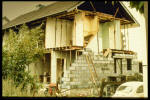 |
|
|